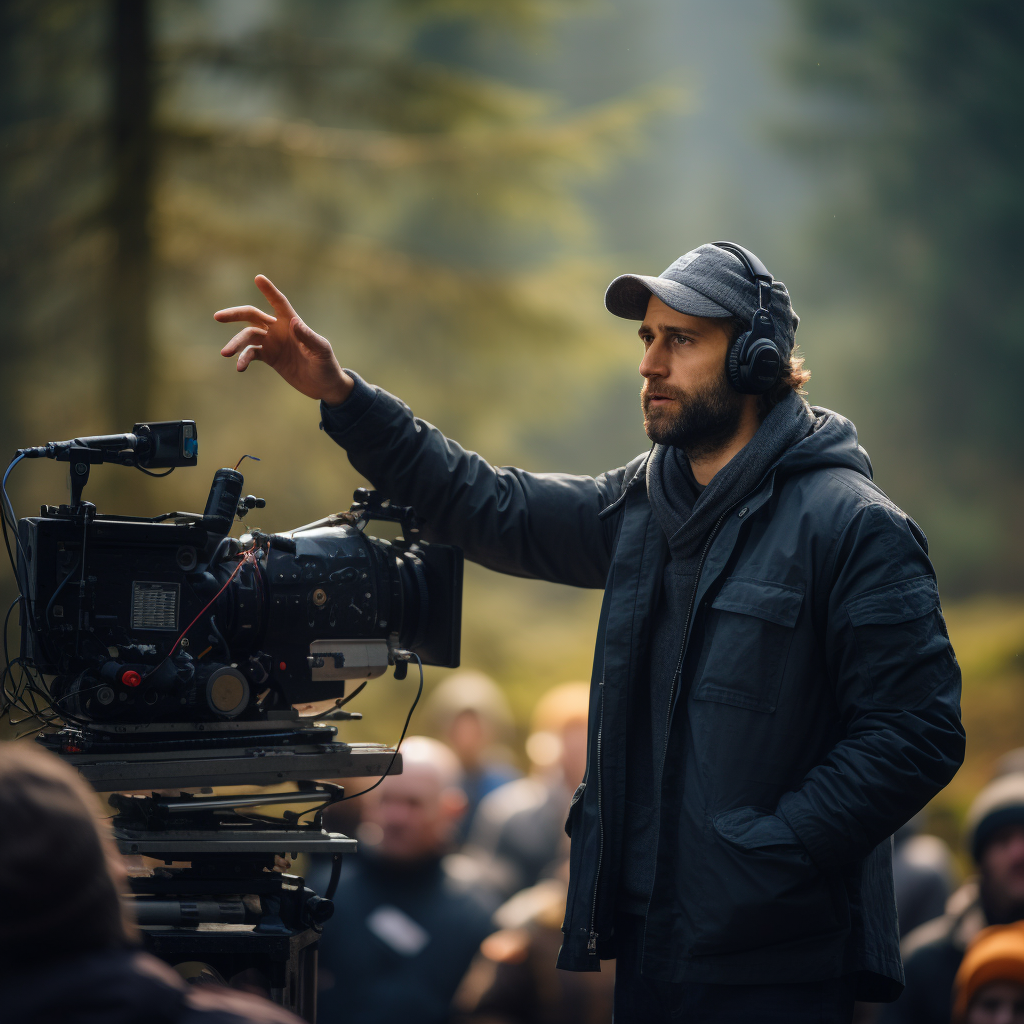In the world of cinema, there are countless techniques and tools that filmmakers use to captivate their audience. One of the most intriguing and effective techniques is the one-shot, a continuous, unbroken take that lasts for an extended period. One-shots are a testament to the skill and creativity of directors and cinematographers, providing a unique viewing experience that lingers in the minds of audiences long after the credits roll. In this article, we will explore some of the best one-shots in movie history and their impact on the art of filmmaking.
- “Birdman” (2014) – The Entire Film
Alejandro González Iñárritu’s “Birdman” is a masterclass in the use of one-shots. The entire film is designed to appear as if it were shot in a single take, following the protagonist, Riggan Thomson (played by Michael Keaton), as he navigates the challenges of mounting a Broadway play. The one-shot technique is instrumental in conveying the film’s themes of isolation, ego, and the constant pursuit of artistic relevance. “Birdman” challenges traditional filmmaking and serves as a brilliant example of how a one-shot can immerse the audience in the protagonist’s experience.
- “Children of Men” (2006) – The Car Ambush Scene
Alfonso Cuarón’s “Children of Men” features an astonishing one-shot sequence during a car ambush. The scene is a technical marvel, as it follows the characters through a high-tension, real-time situation. This unbroken take immerses the audience in the chaos of the world the film depicts and is a testament to the power of one-shots in conveying a sense of immediacy and urgency.
- “The Revenant” (2015) – The Bear Attack
Alejandro González Iñárritu and cinematographer Emmanuel Lubezki collaborated again to create a breathtaking one-shot sequence in “The Revenant.” The film’s signature moment is the bear attack, a visceral and intense encounter captured in a single take. The one-shot brings the audience face-to-face with the brutality of nature, making it an unforgettable and harrowing cinematic experience.
- “Oldboy” (2003) – The Hallway Fight
Park Chan-wook’s “Oldboy” features a legendary one-shot scene in which the protagonist, Oh Dae-su, takes on a group of henchmen in a narrow hallway. This extended take is a masterclass in choreography and storytelling, as it portrays Oh Dae-su’s desperate struggle for survival. The one-shot’s relentless pacing and raw physicality have made it a standout moment in cinematic history.
- “1917” (2019) – The Trench Run
Sam Mendes’ “1917” is a war epic that relies on the one-shot technique to tell the story of two soldiers on a mission to deliver a vital message during World War I. The film’s unbroken sequences create a real-time experience, immersing the audience in the chaos and danger of the battlefield. The trench run, in particular, is a breathtaking one-shot that showcases the film’s technical prowess and emotional impact.
- “Goodfellas” (1990) – The Copacabana Sequence
Martin Scorsese’s “Goodfellas” is celebrated for its storytelling and memorable one-shot sequences. The Copacabana sequence, in which the camera follows Henry Hill and his date through the back entrance of the club, is a mesmerizing moment that captures the allure of the gangster lifestyle. Scorsese’s use of one-shots in the film adds a sense of urgency and excitement to the story.
One-shots in film are more than just technical achievements; they are a powerful storytelling tool that can immerse the audience in a character’s world, convey a sense of immediacy, and create unforgettable cinematic moments. The examples mentioned here are just a small selection of the countless one-shots that have graced the silver screen. As technology and storytelling continue to evolve, we can only anticipate more groundbreaking one-shot sequences that will leave a lasting mark on the history of cinema. Whether it’s a tense car ambush or a visceral bear attack, the art of the one-shot has enriched the medium of film, making it an essential tool for directors to captivate and engage audiences.
